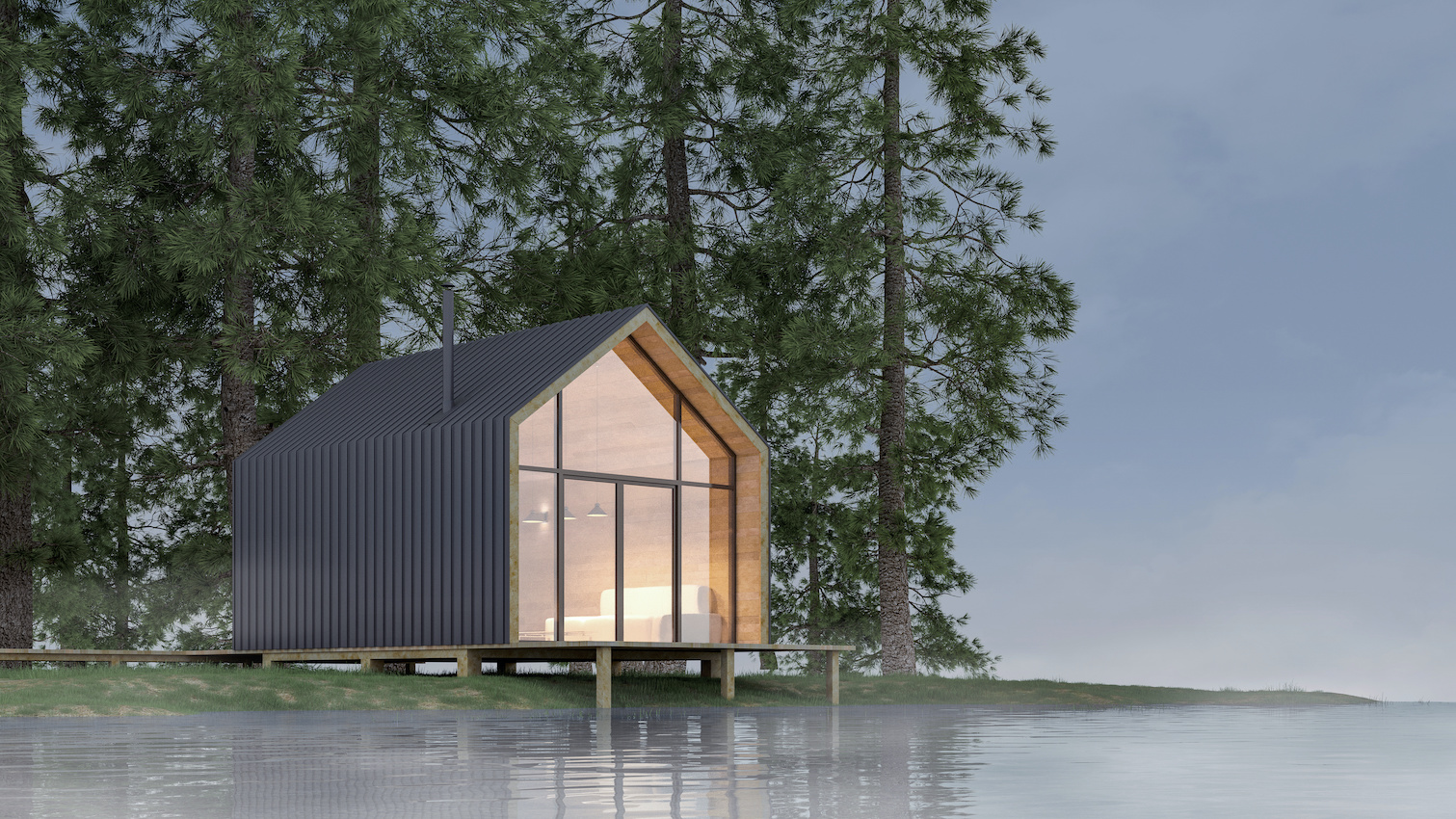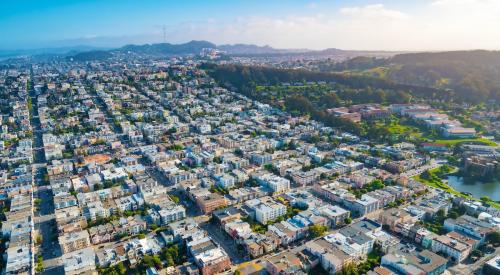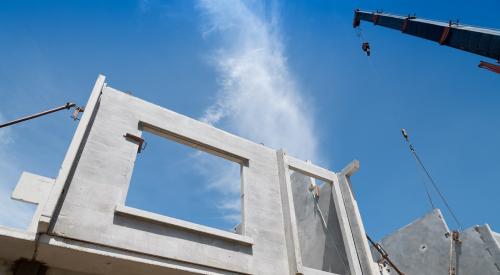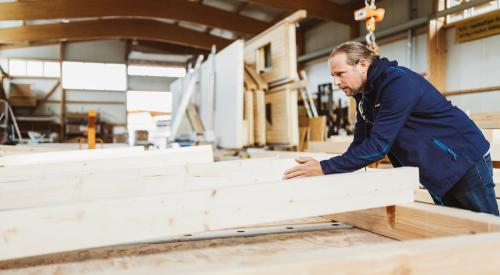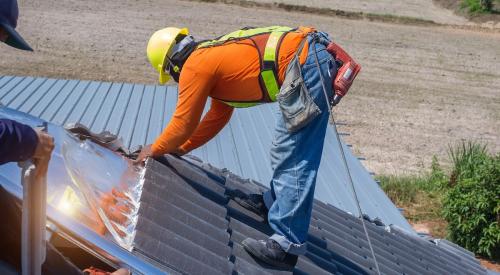A need or want for a tiny home may seem to counter recent homebuyer trends, but Fast Company says tiny home living remains a reasonable way to address the country’s housing crisis. And in 2020, the tiny home industry saw huge technological advances and innovations. Two 3D printer start-ups emerged: Icon and Mighty Buildings. Icon, located just outside Austin, TX, utilized its concrete-like mixture to create tiny home walls for a small, six-home community for those struggling with homelessness. Next up for Icon is an entirely 3D printed neighborhood in Mexico for those living in extreme poverty.
Ultimately, Icon projects that the tech could cut costs in half and make the homes twice as fast to build as standard construction. Mighty Buildings, another startup, created an innovative process that makes it possible to 3D print more of the shell of a tiny home, including the roof.
BIG CITIES ARE STARTING TO LEGALIZE TINY HOMES ON WHEELS
While an increasing number of cities allow homeowners to build tiny homes in backyards or convert garages, a handful of cities are taking the next step: allowing people to legally live in tiny homes on wheels. The wheeled version is far cheaper than building on a foundation, making the houses more accessible to more people; a standard ADU (accessible dwelling unit) in some cities can cost $250,000 to build, while a tiny house on wheels can cost as little as $50,000. Because the homes can easily fit in existing backyards, it’s a simple and quick way to add more housing in areas where a low supply of apartments has driven up rent.
